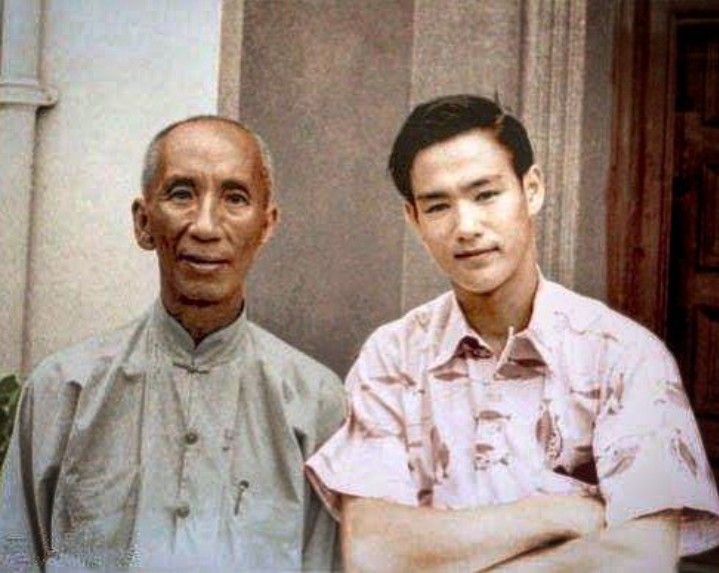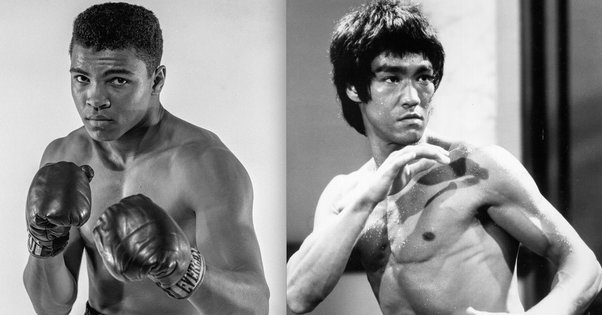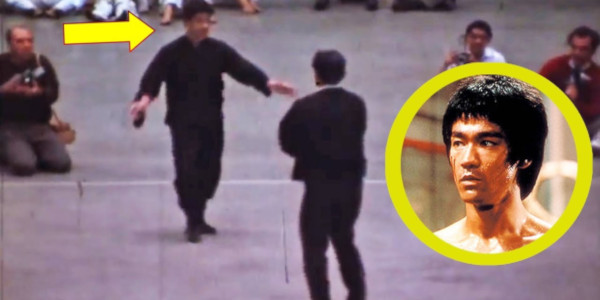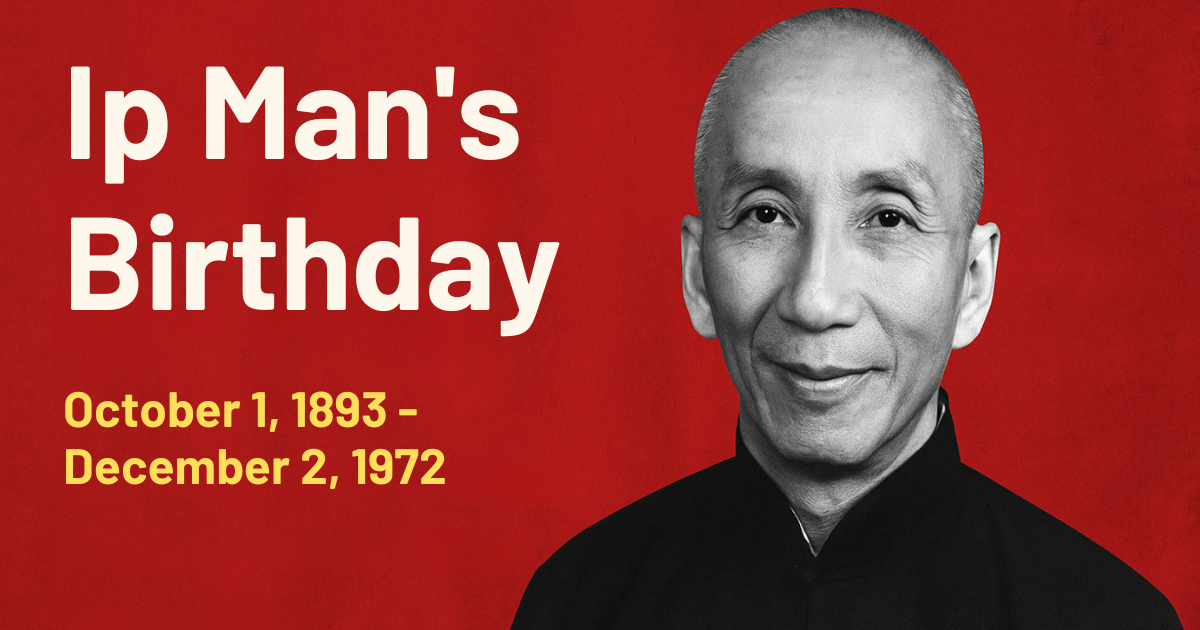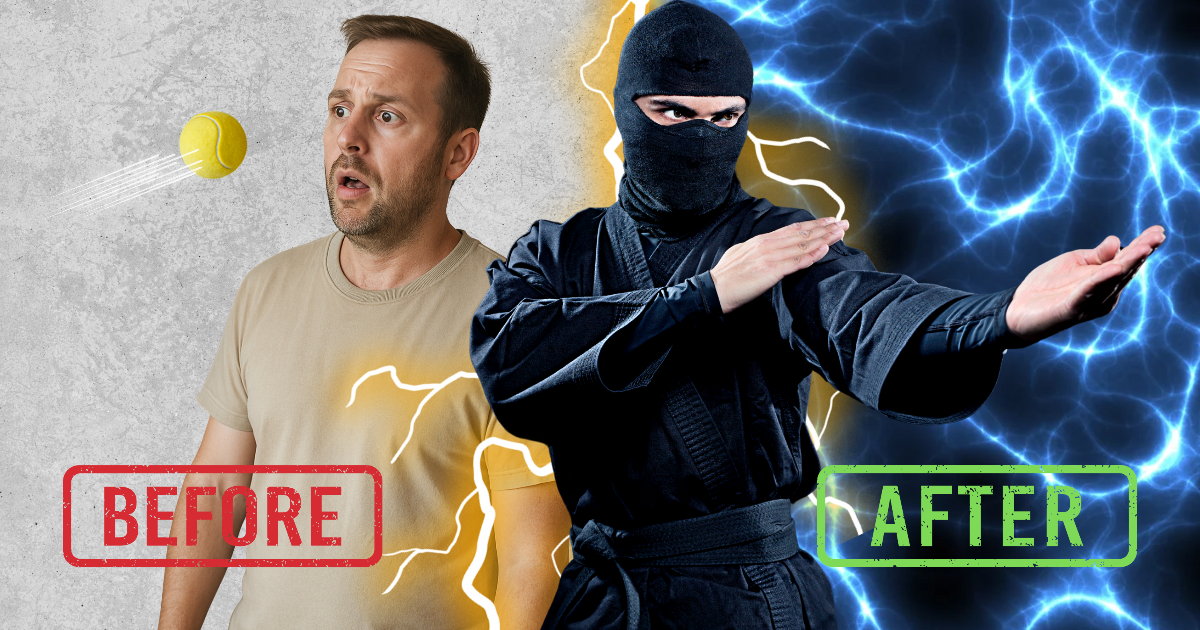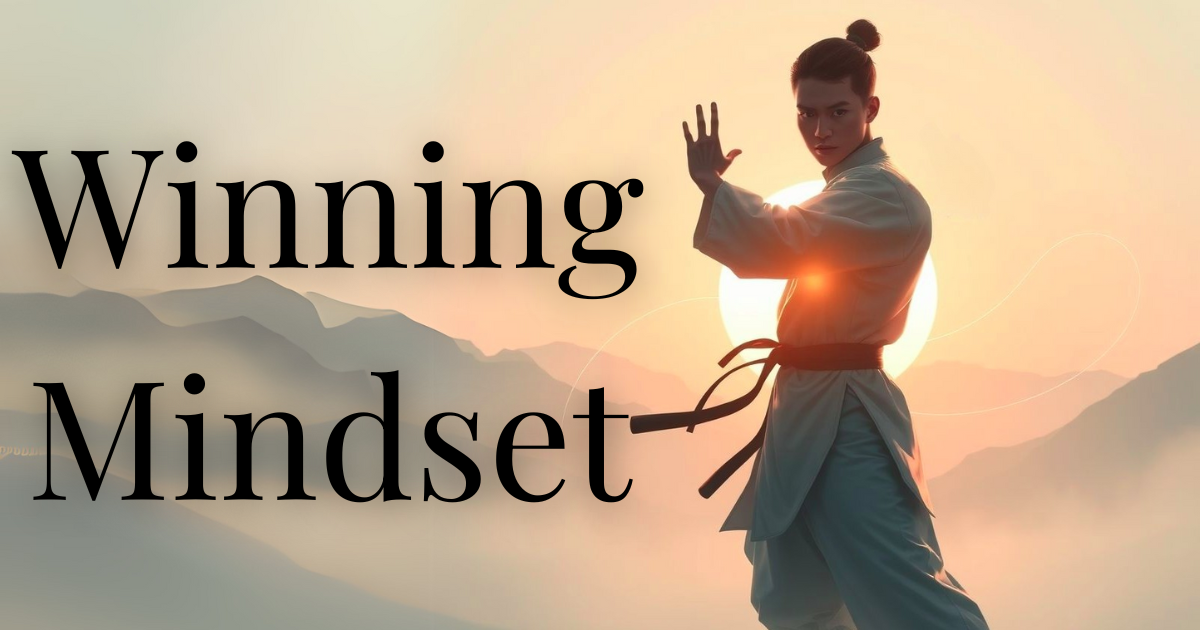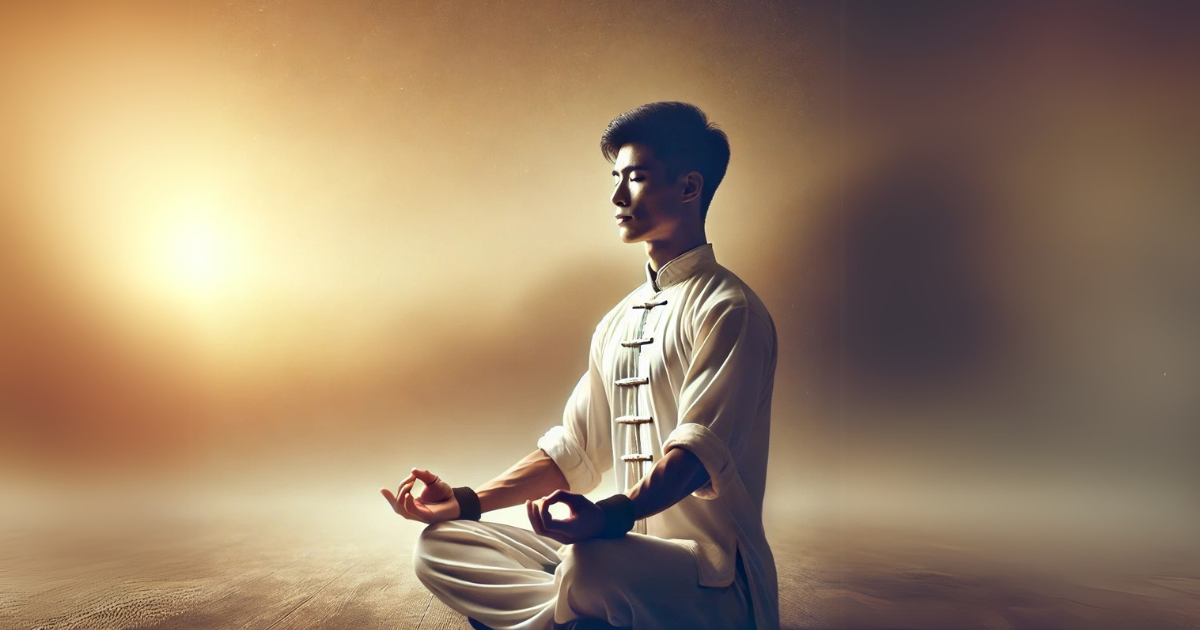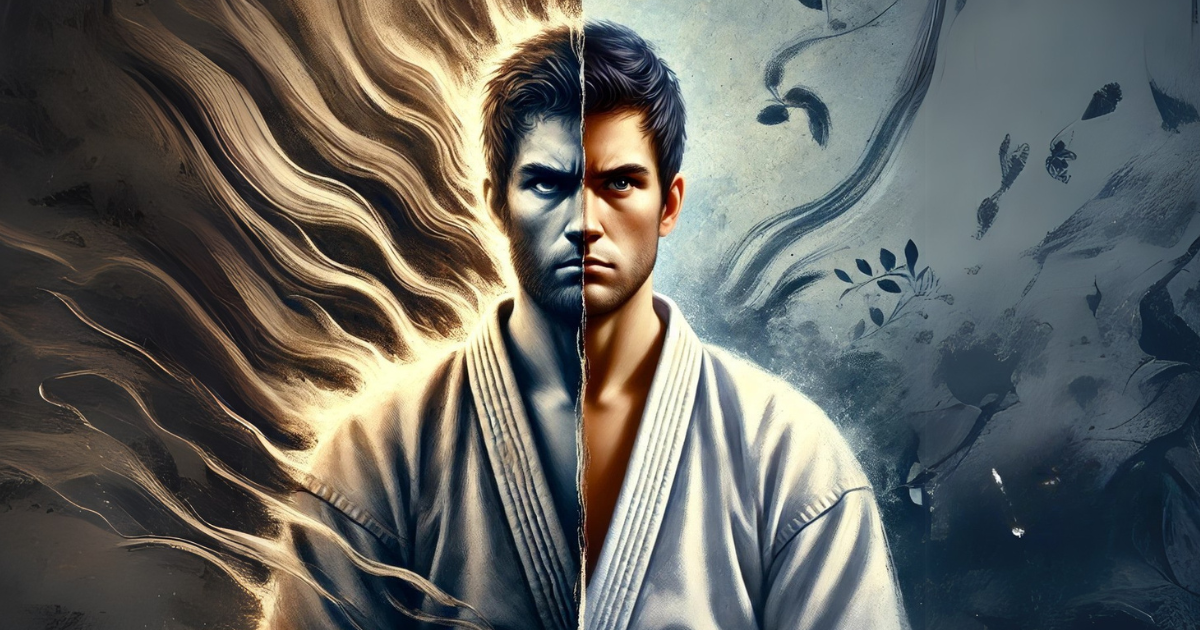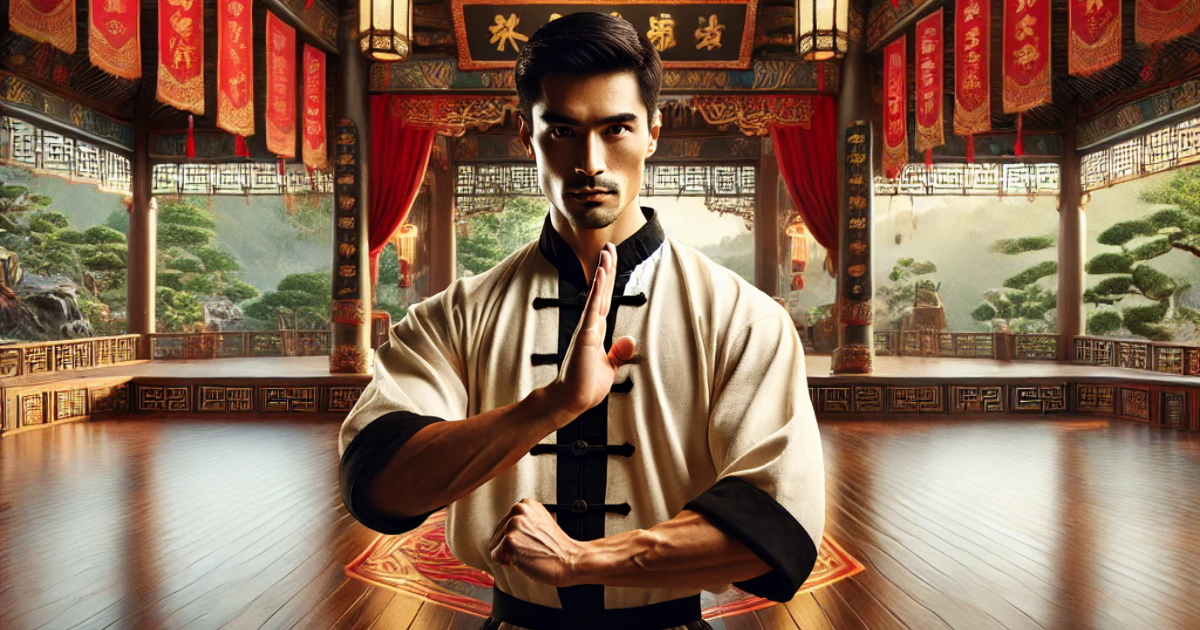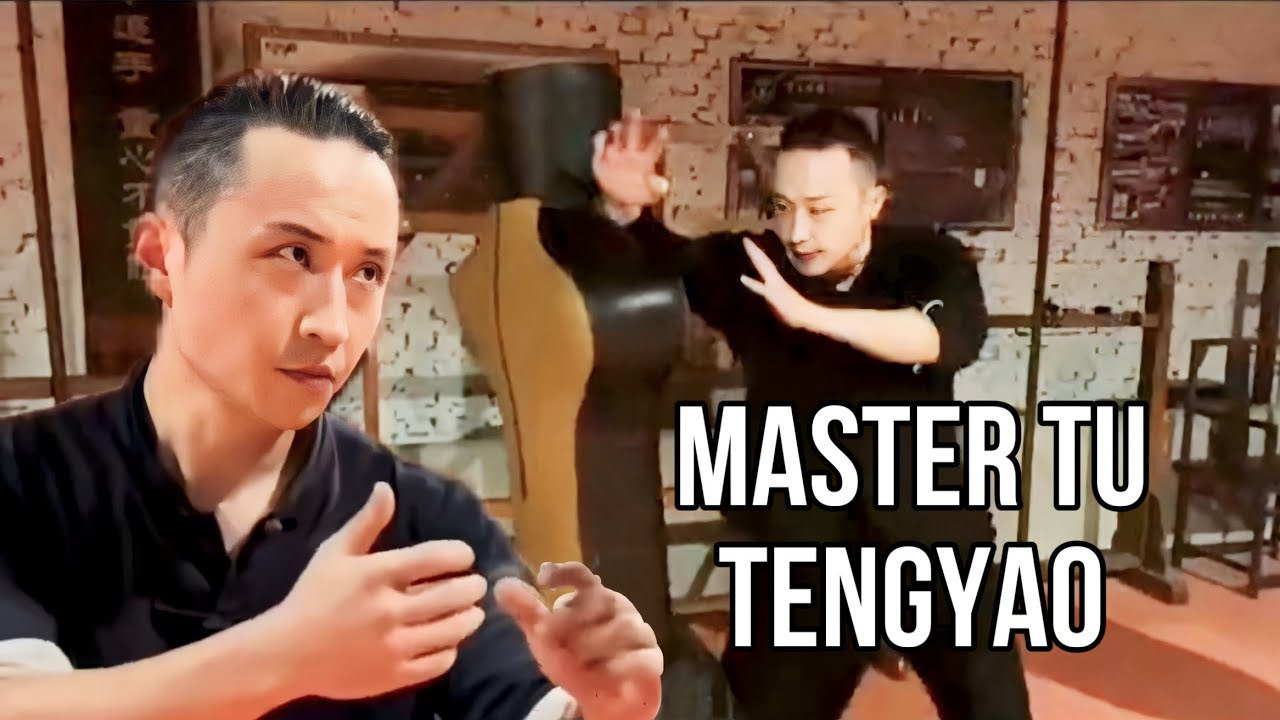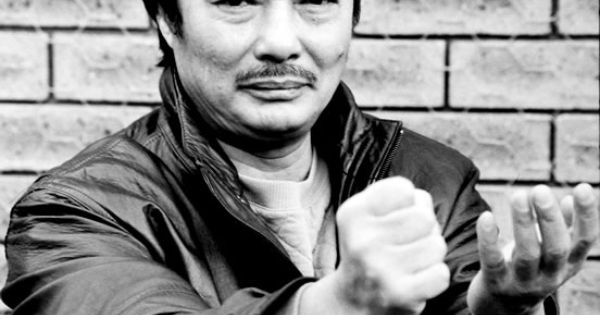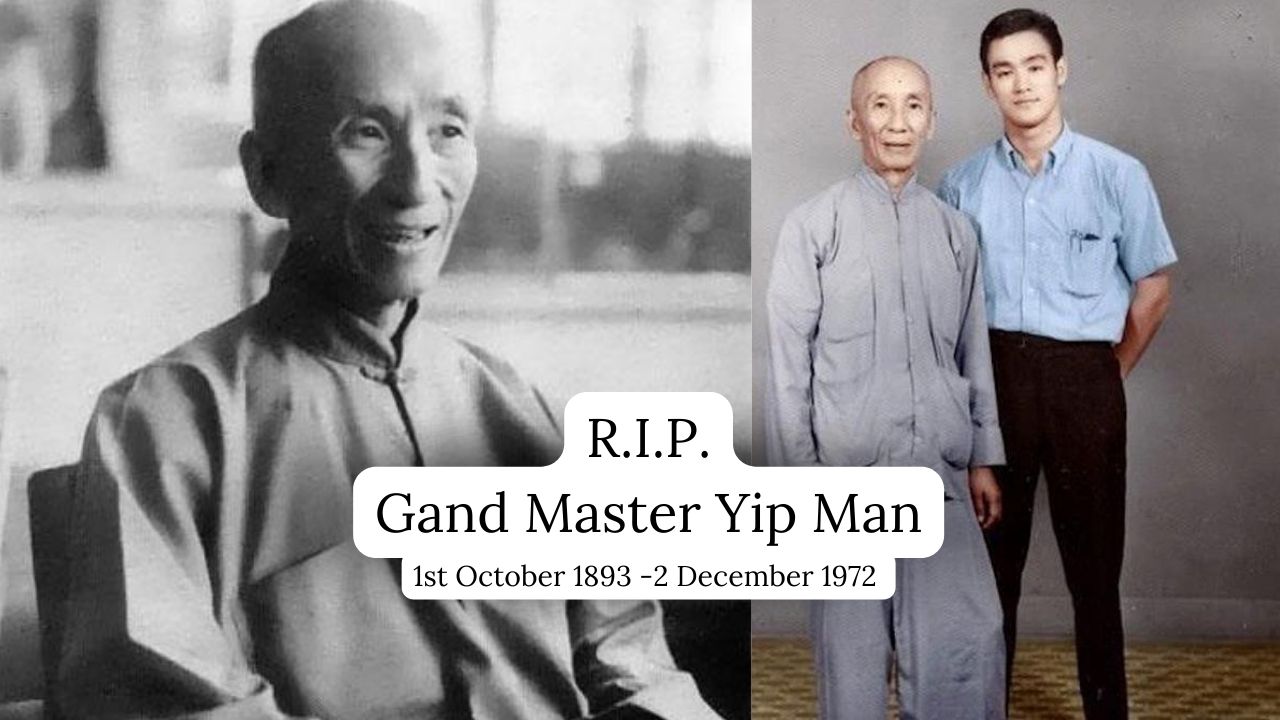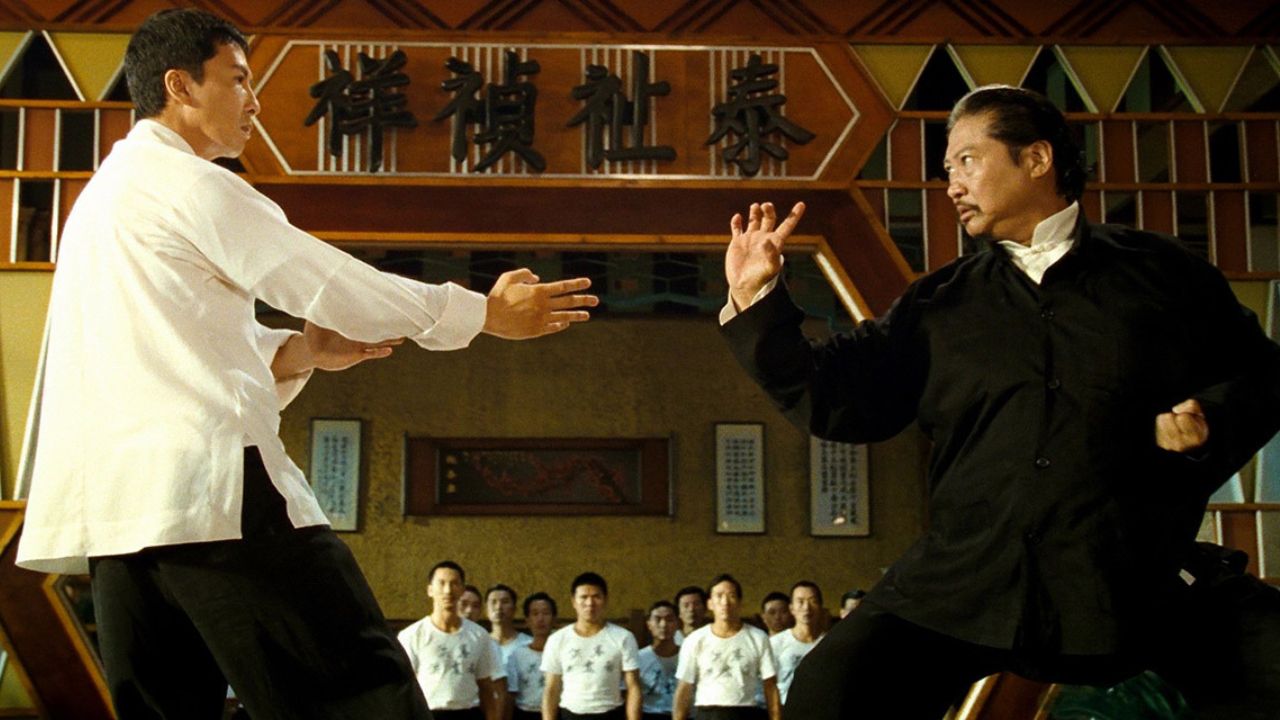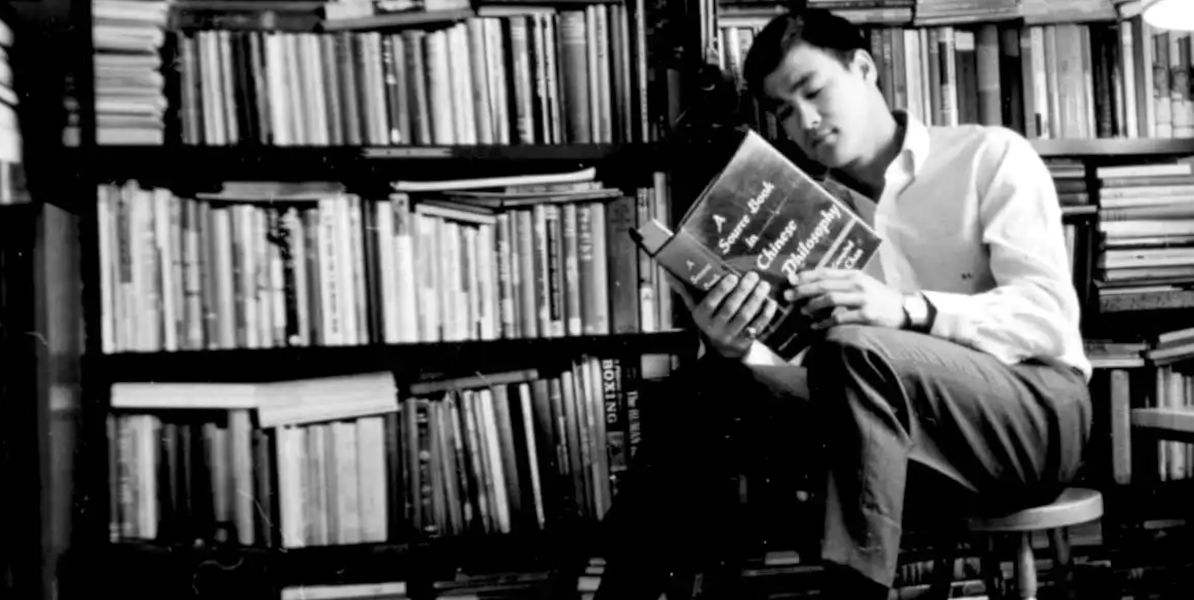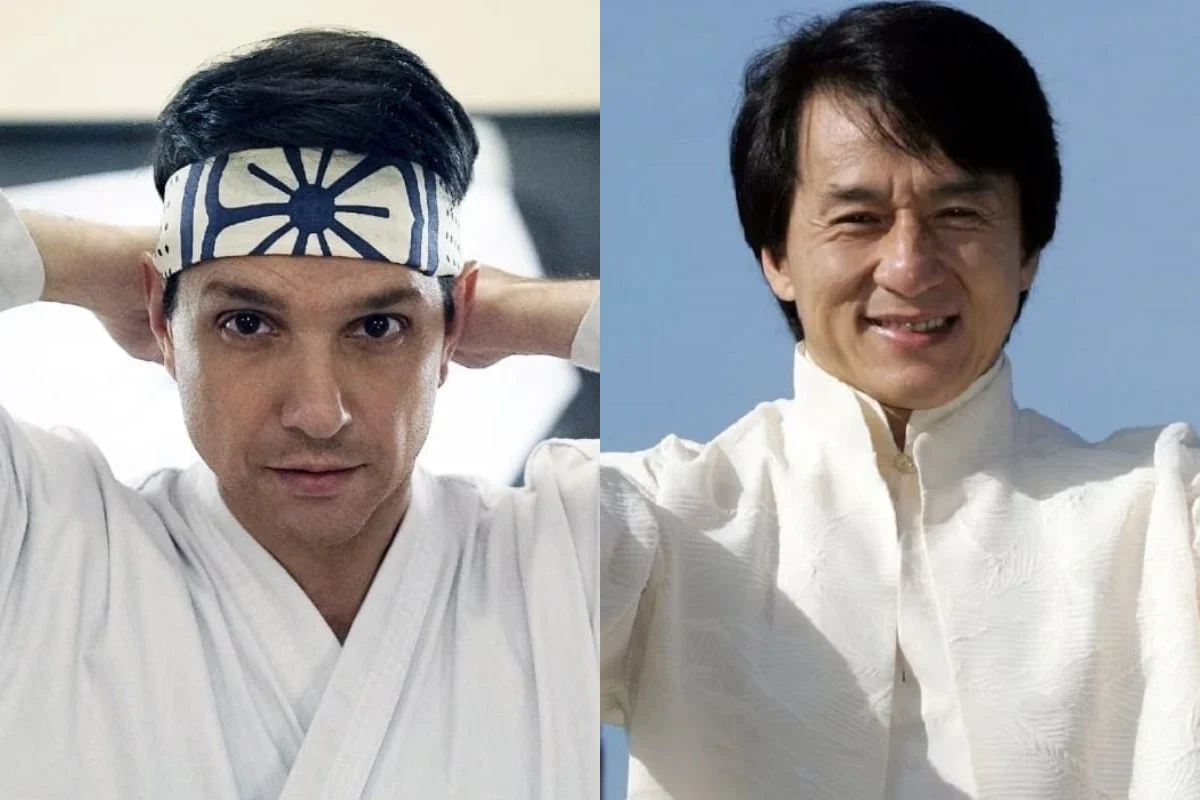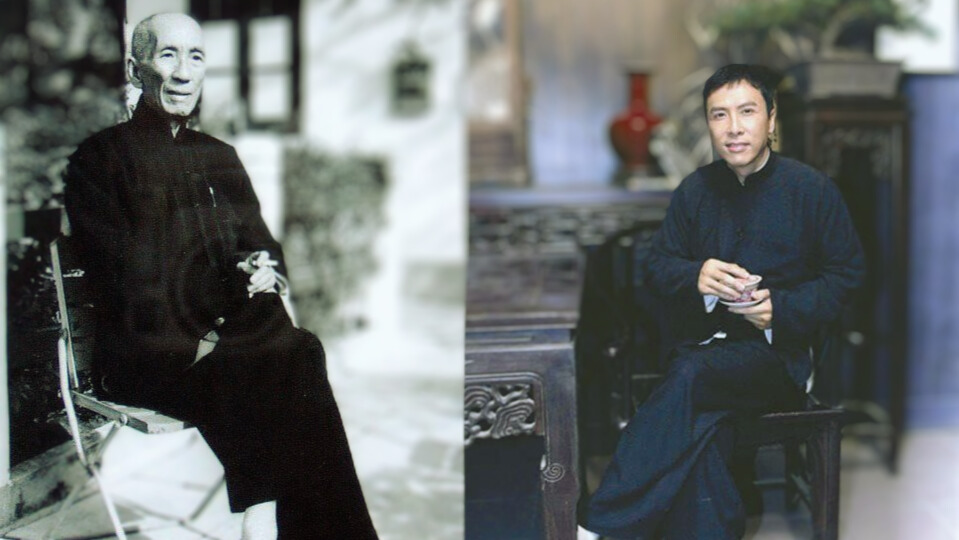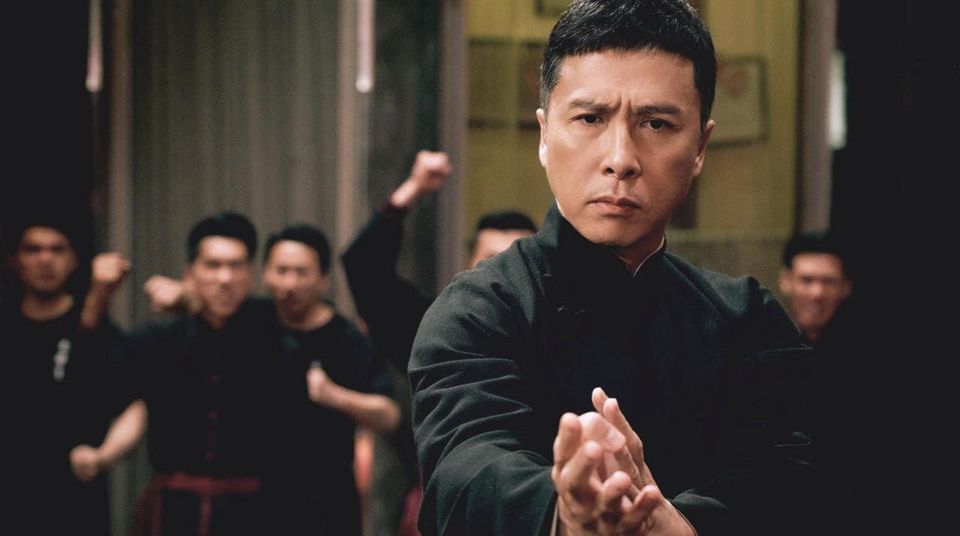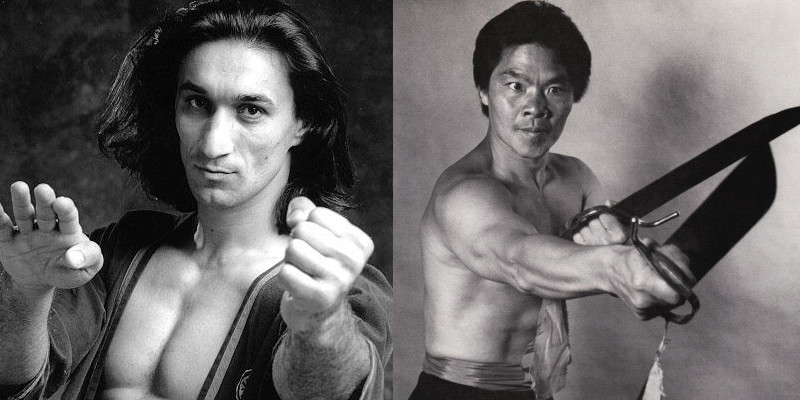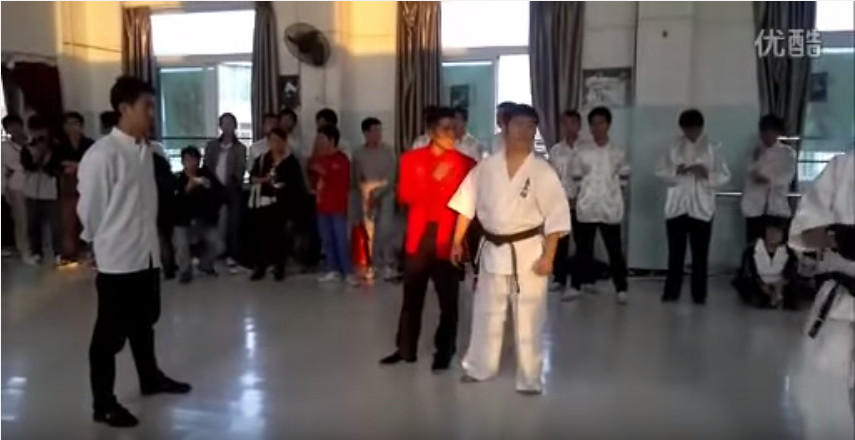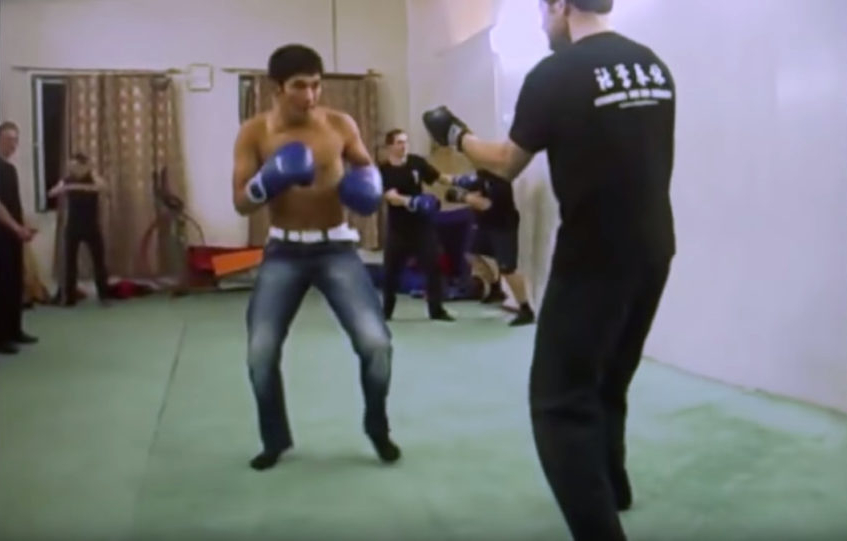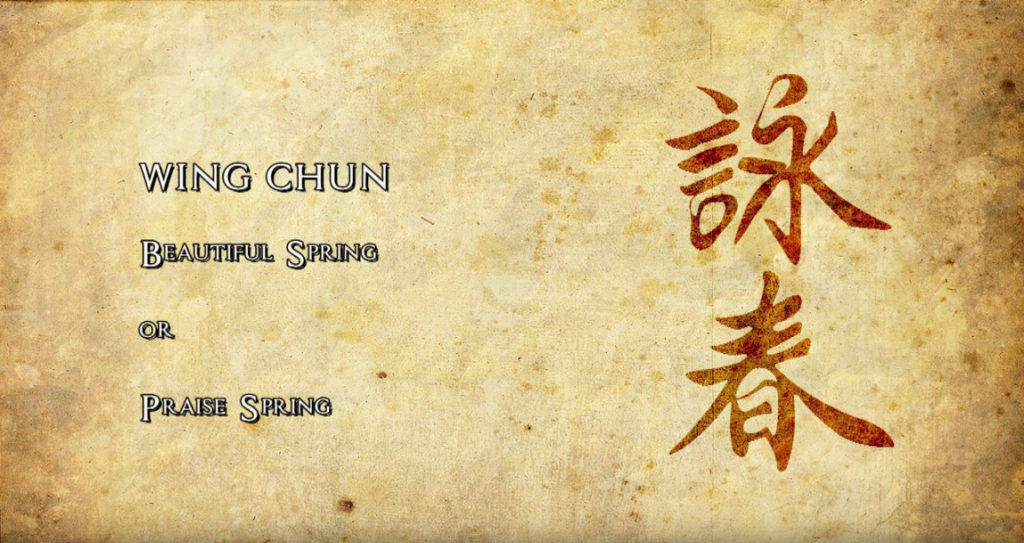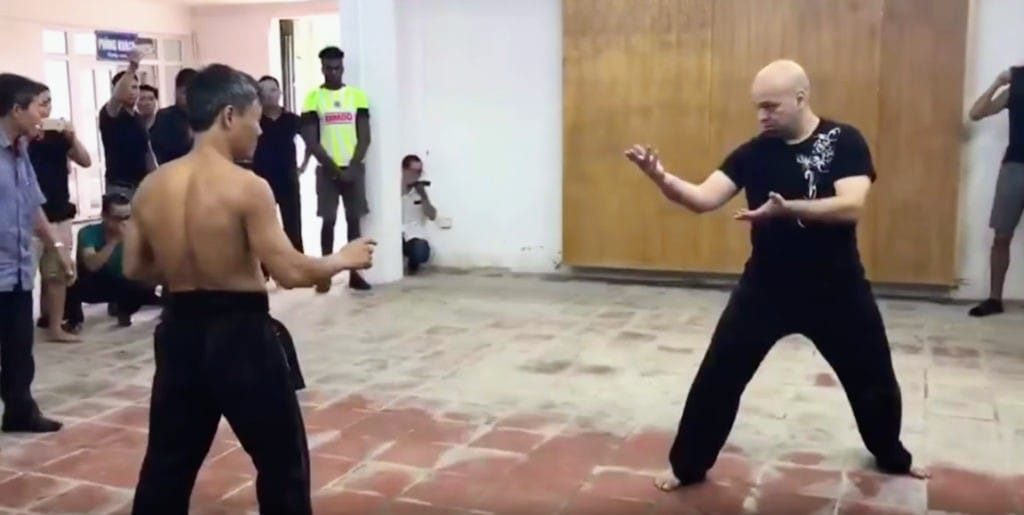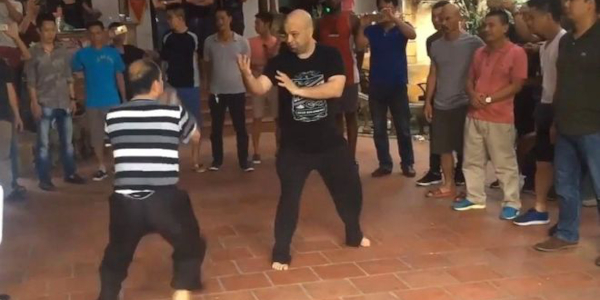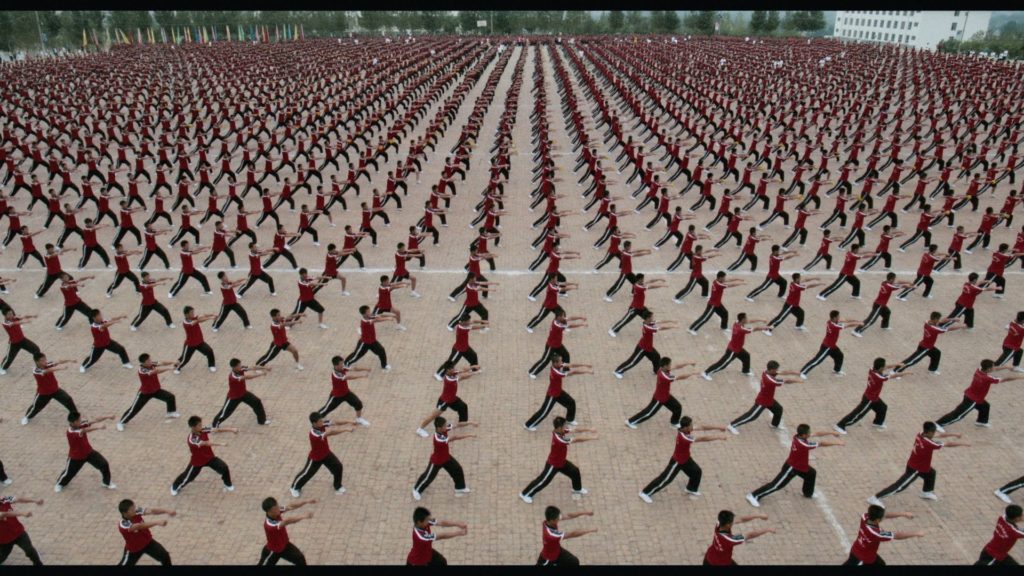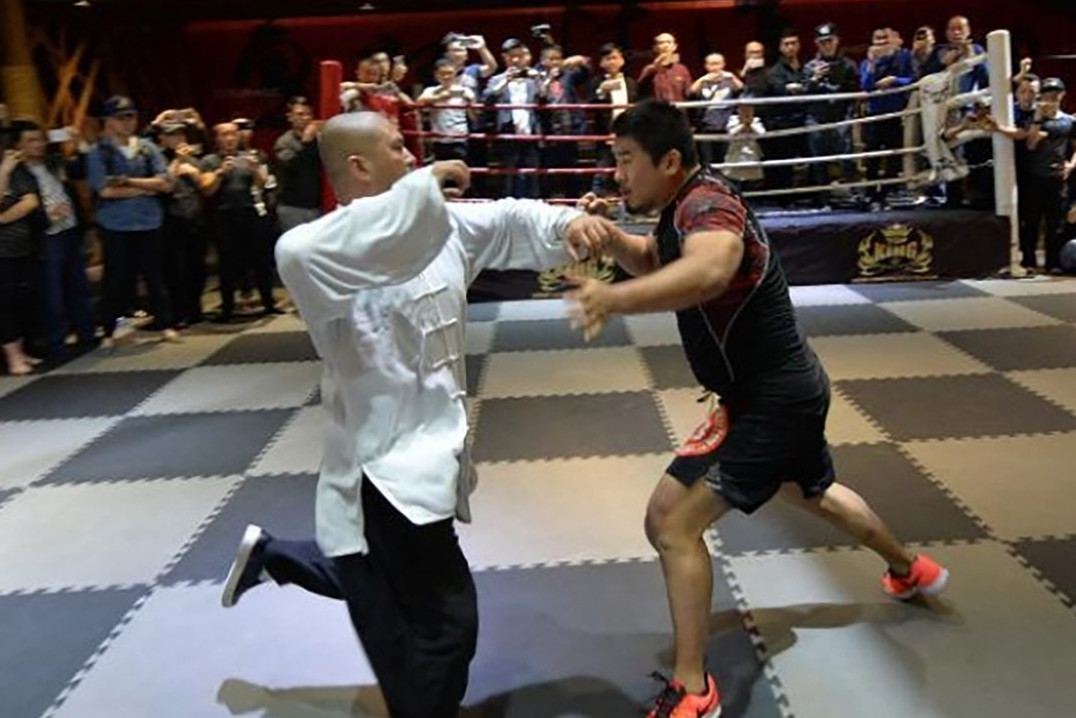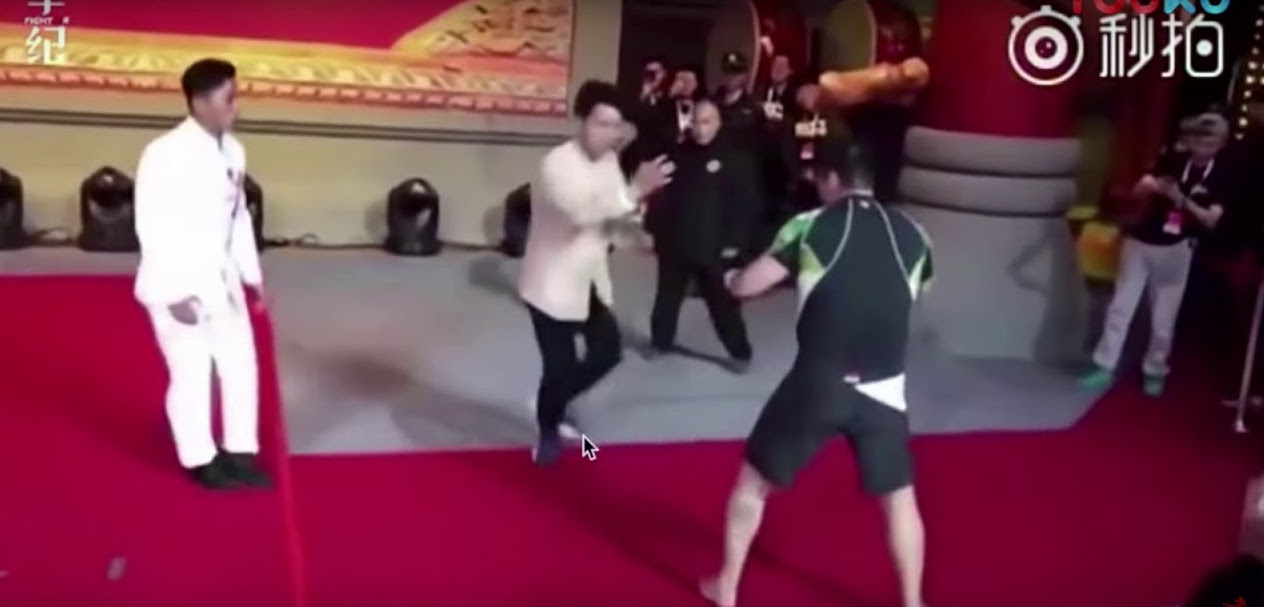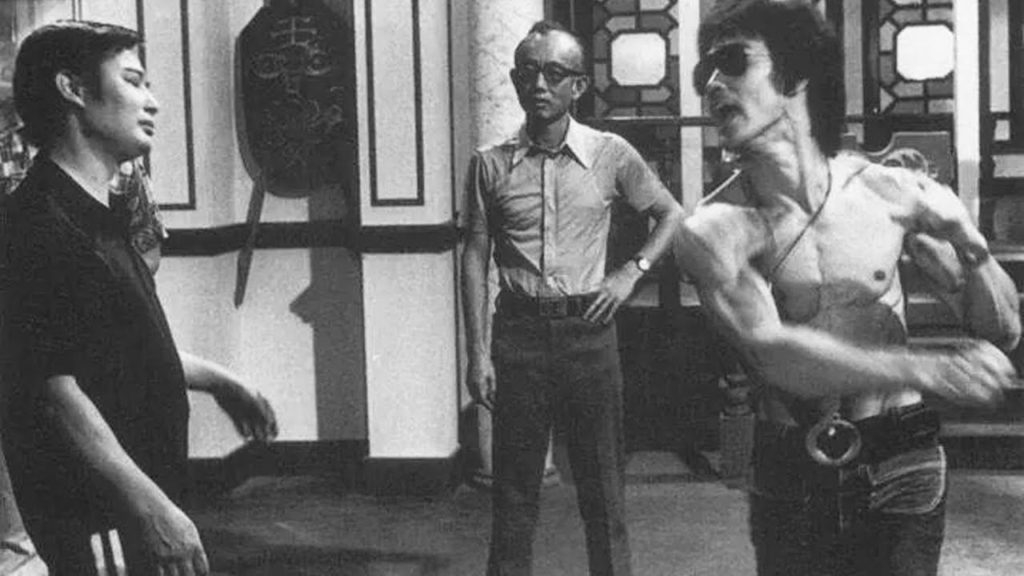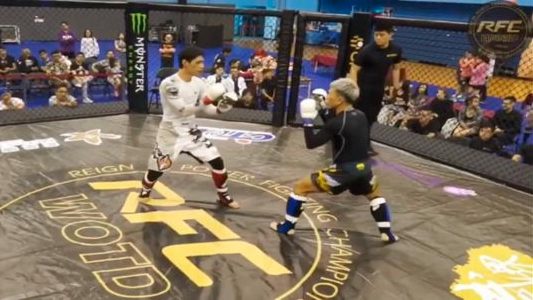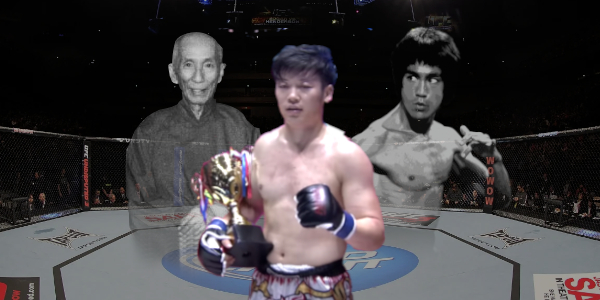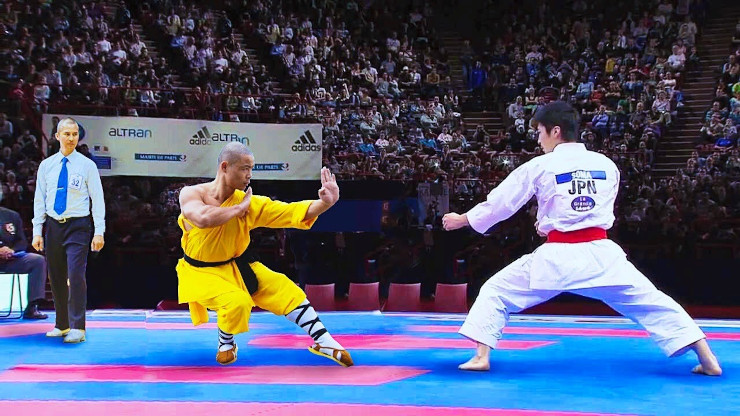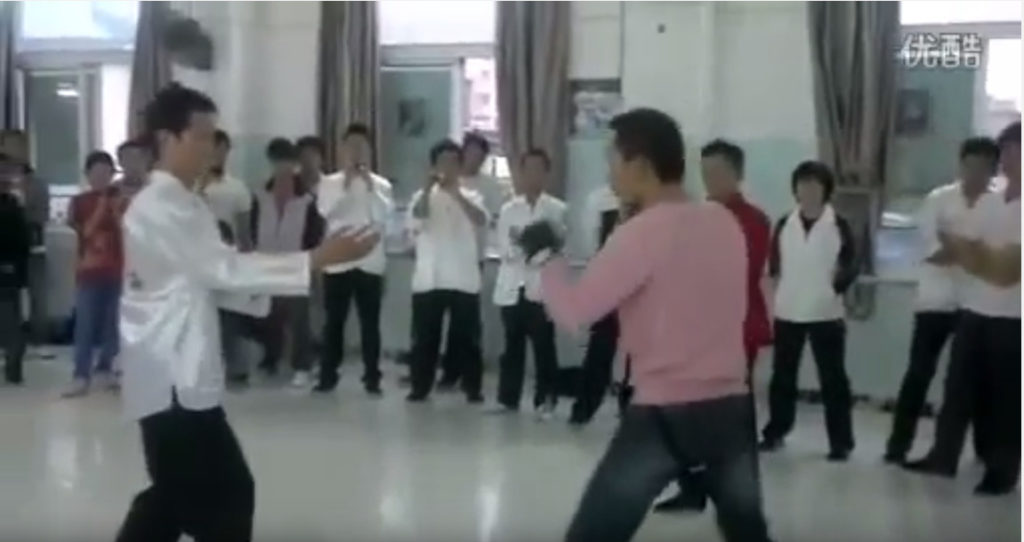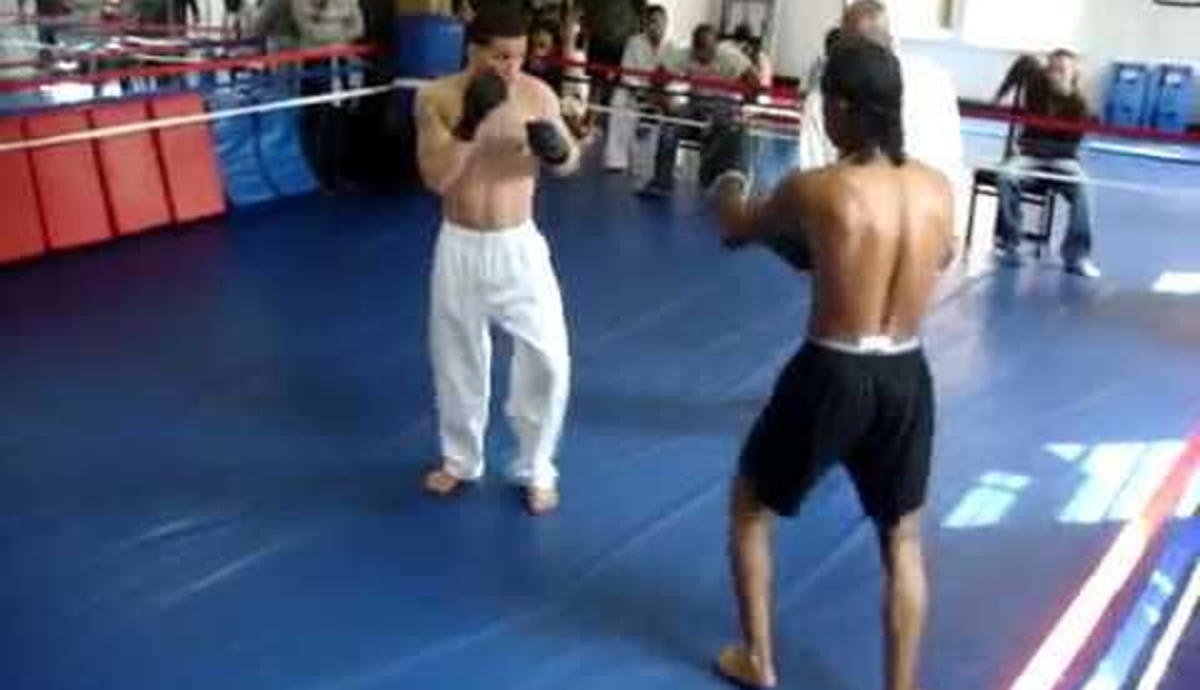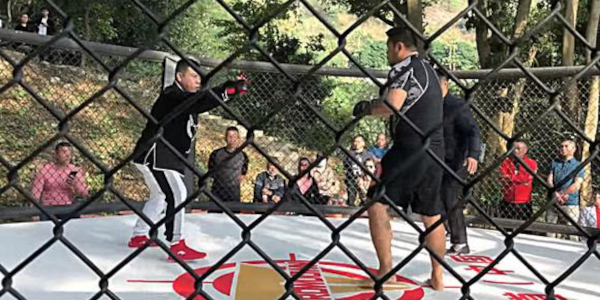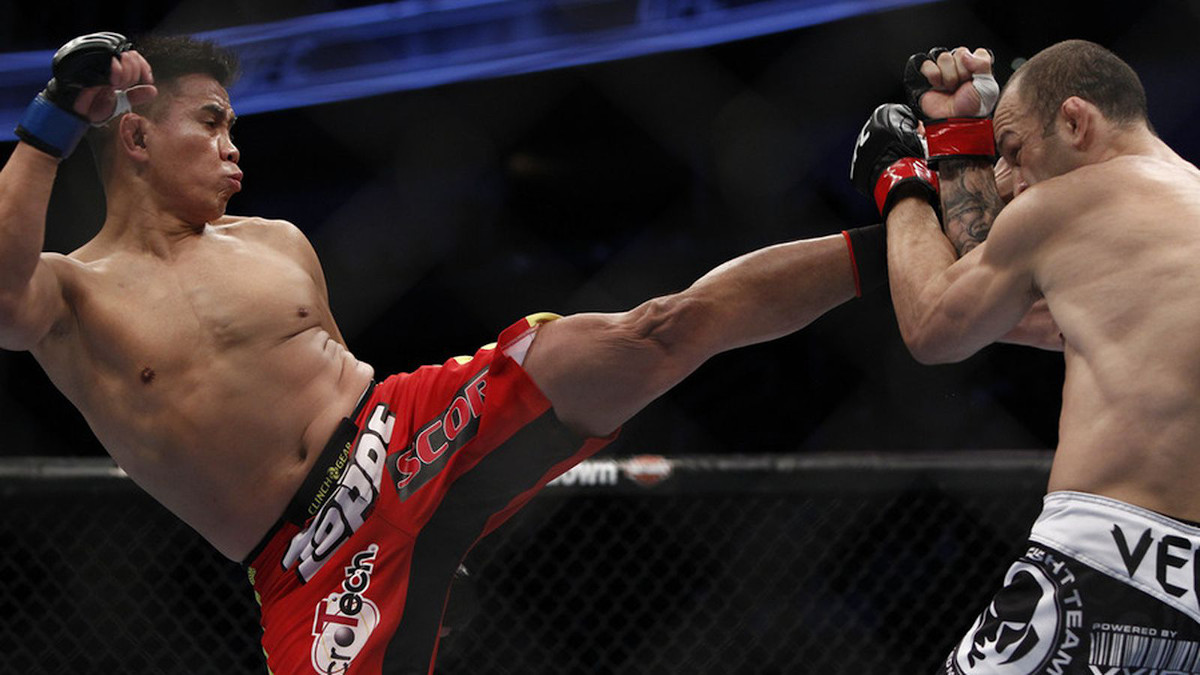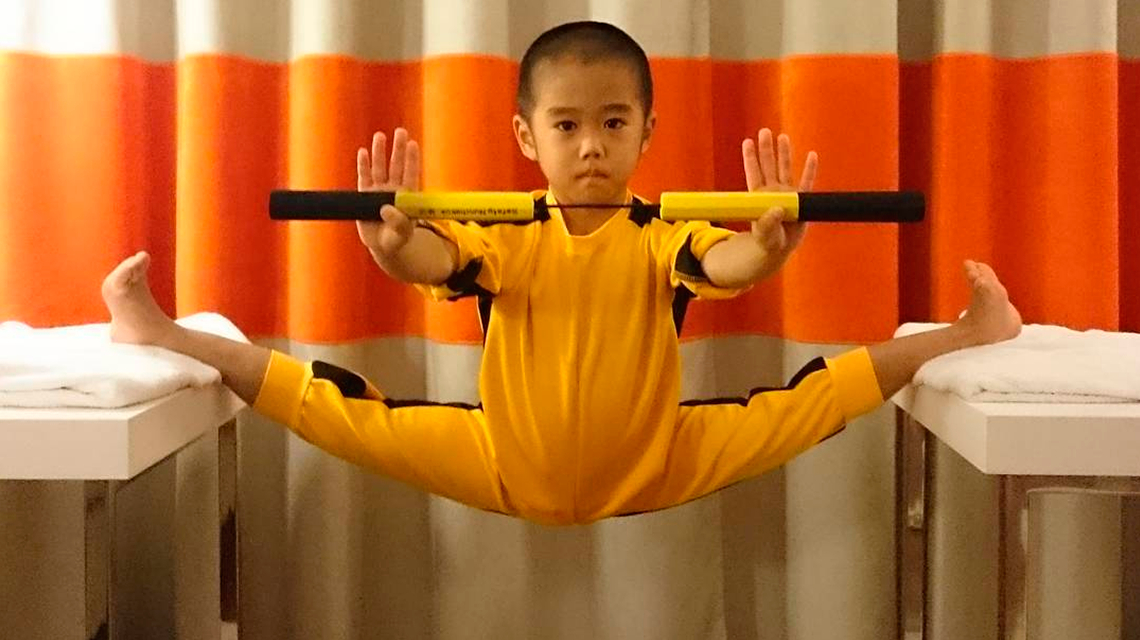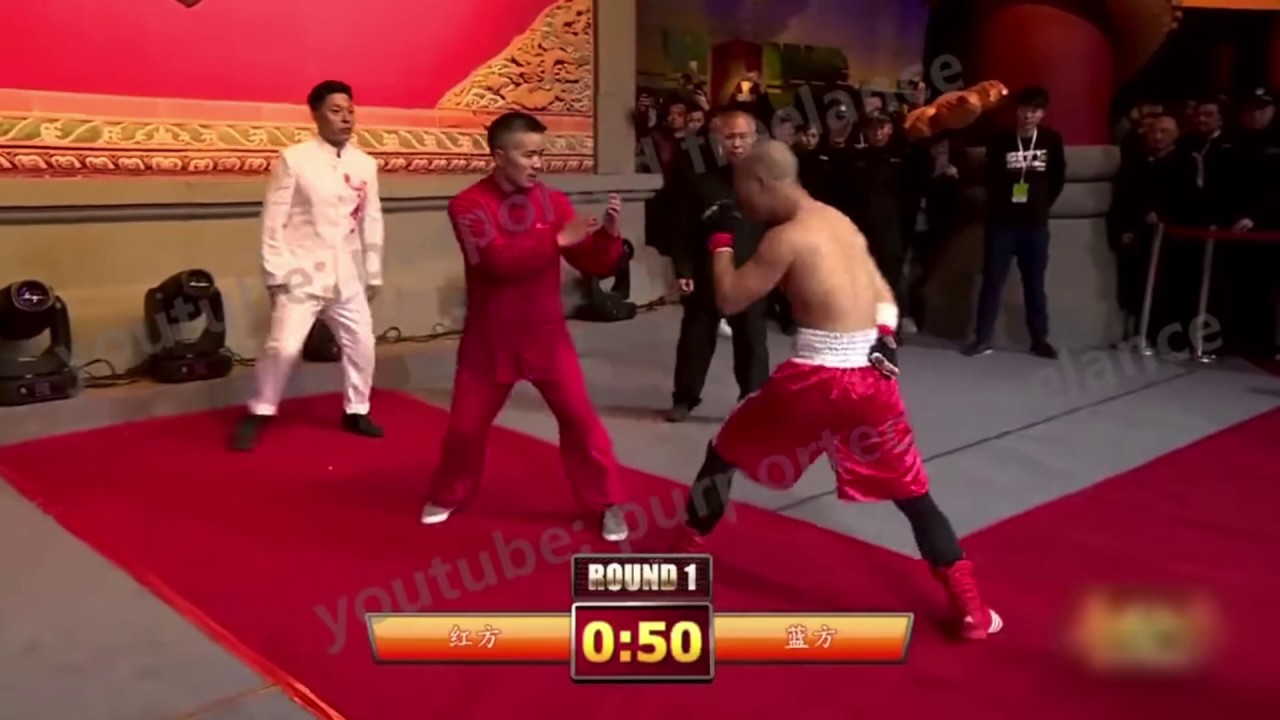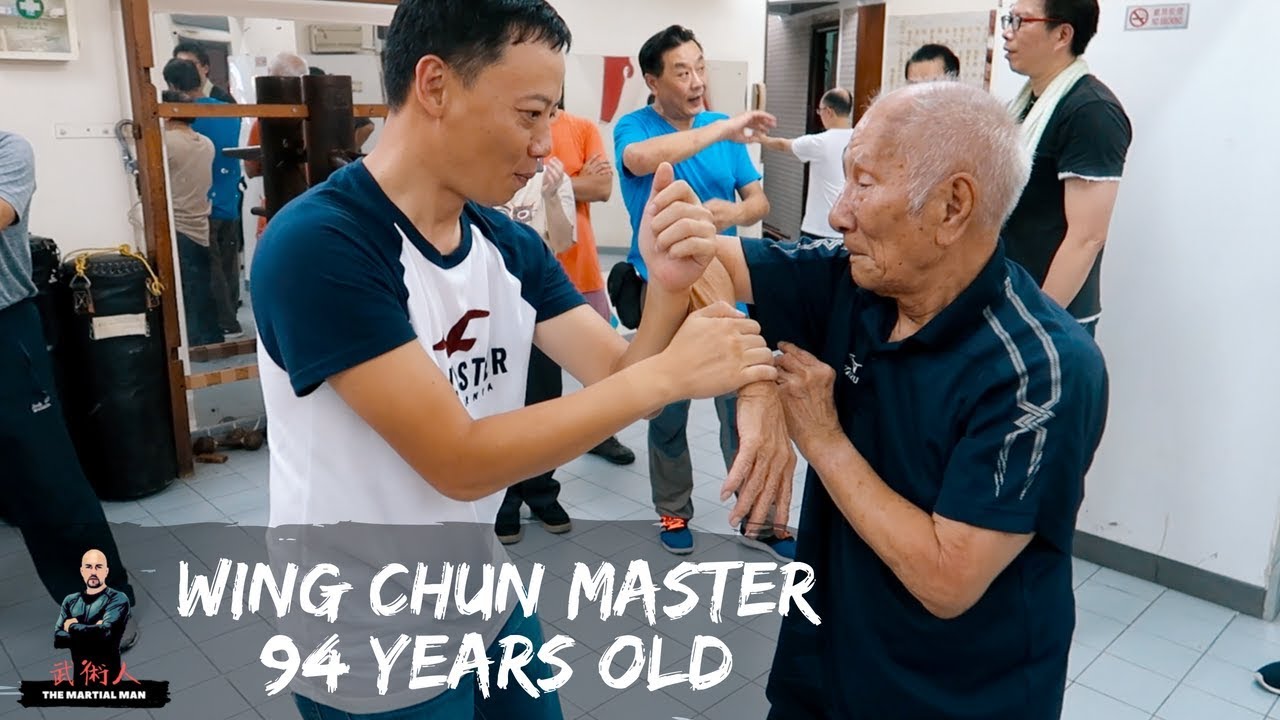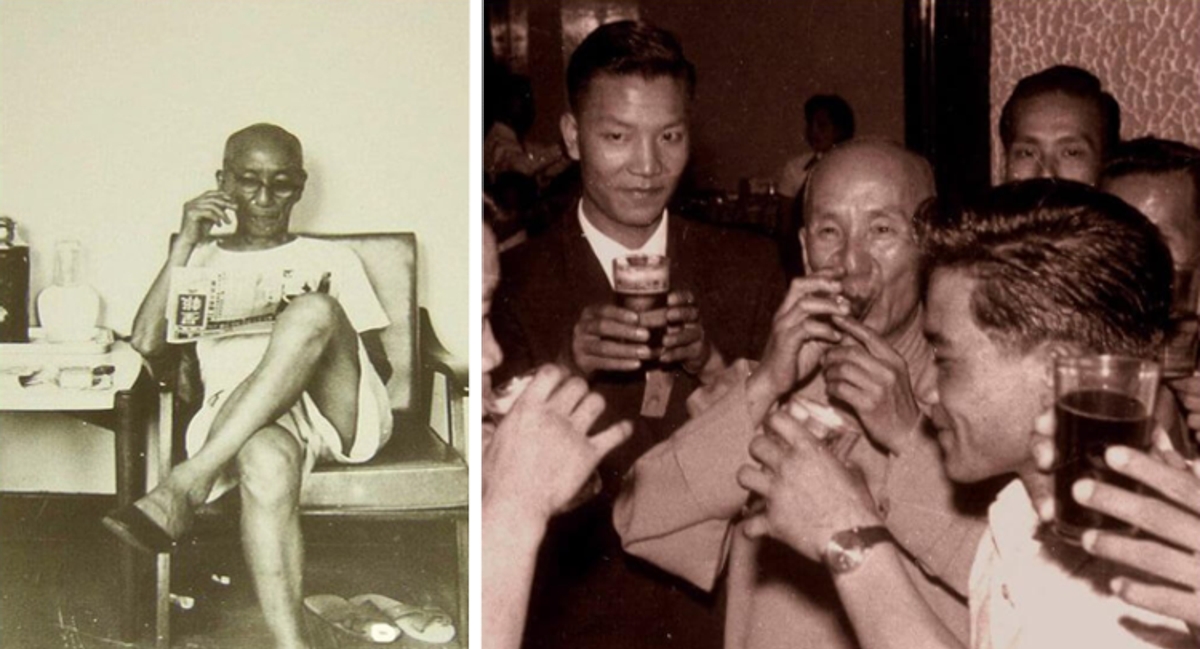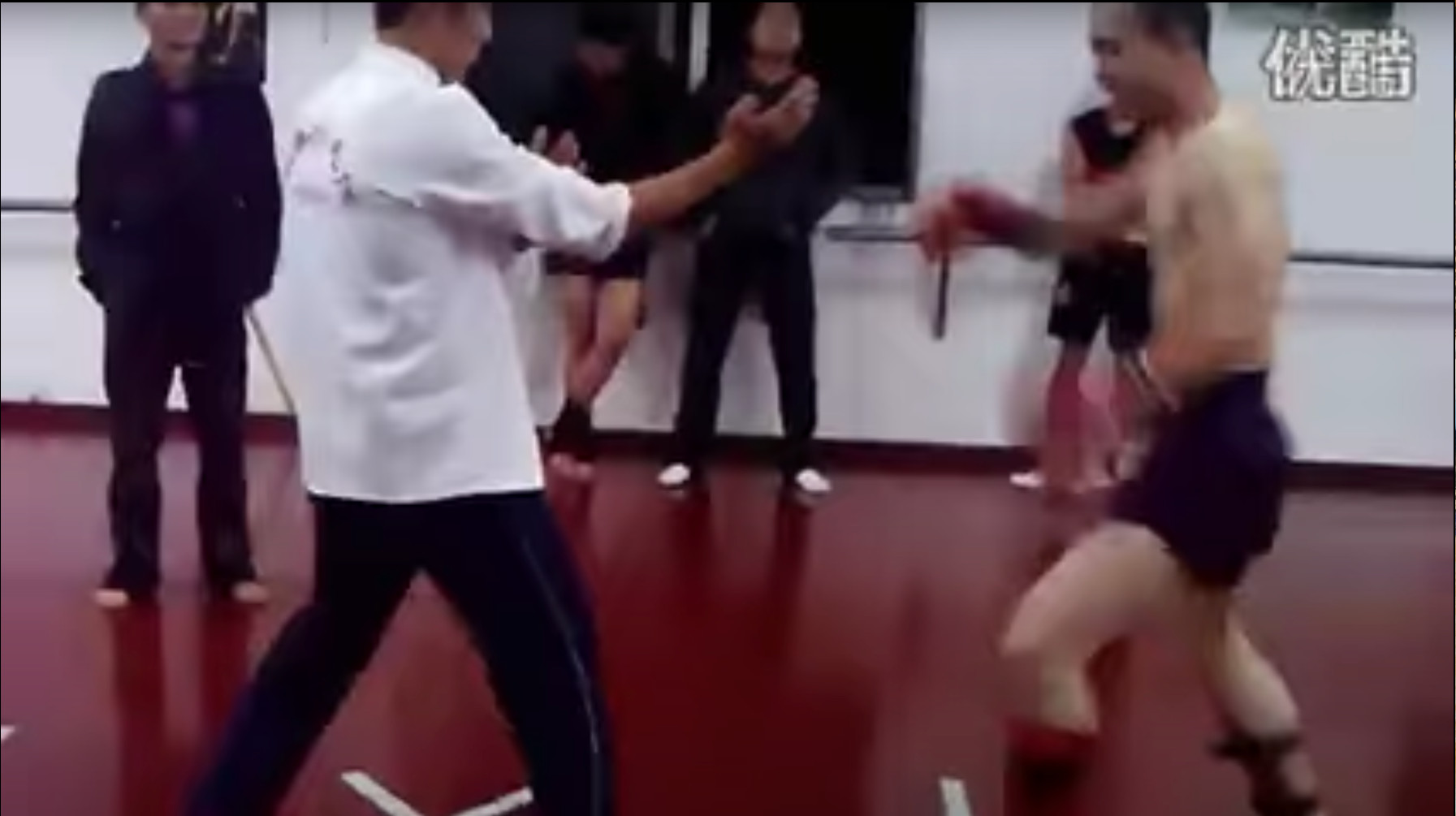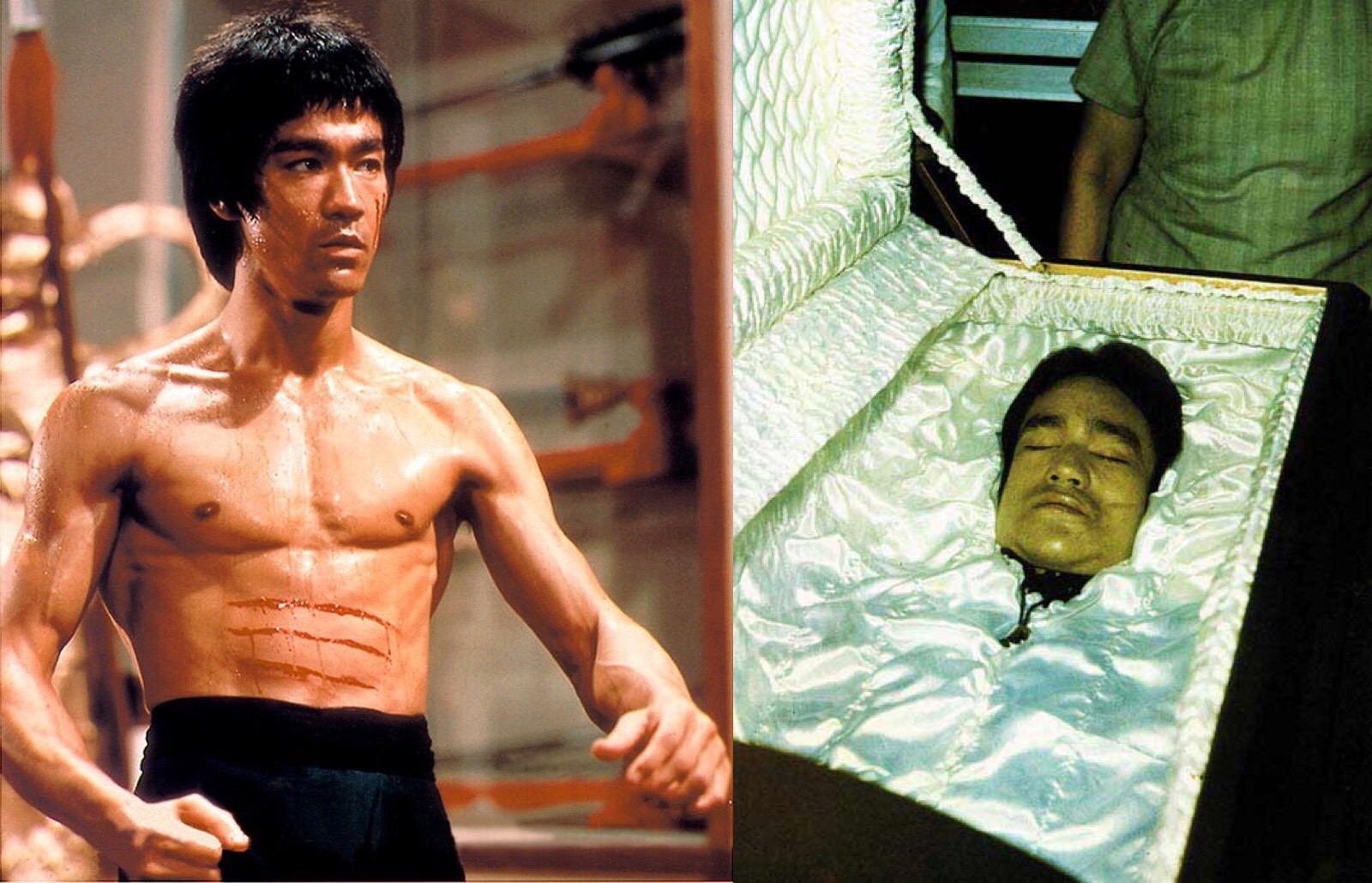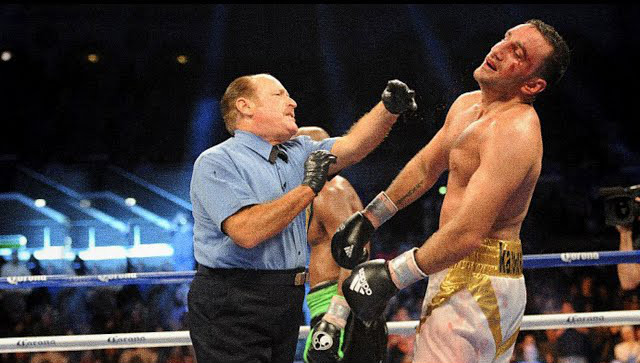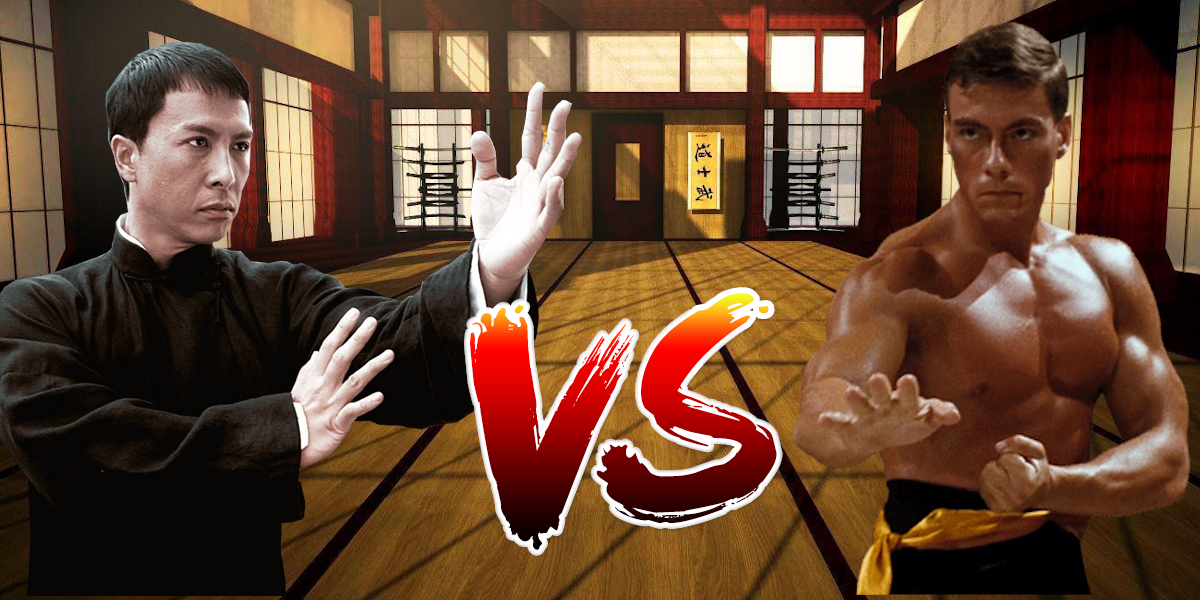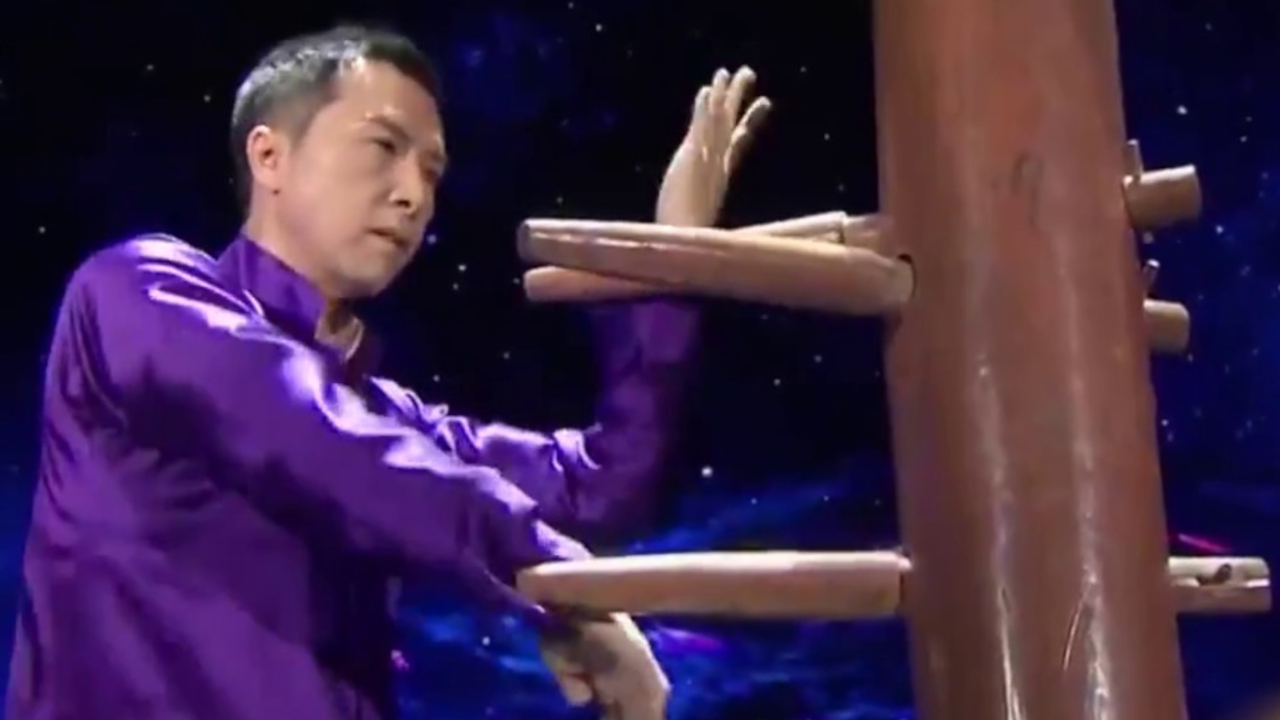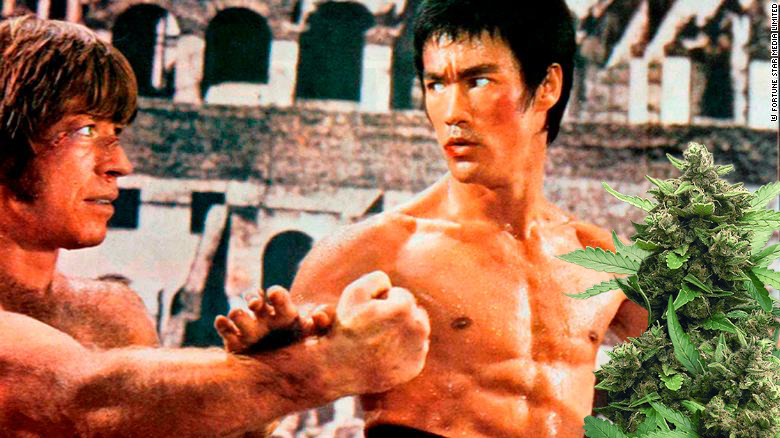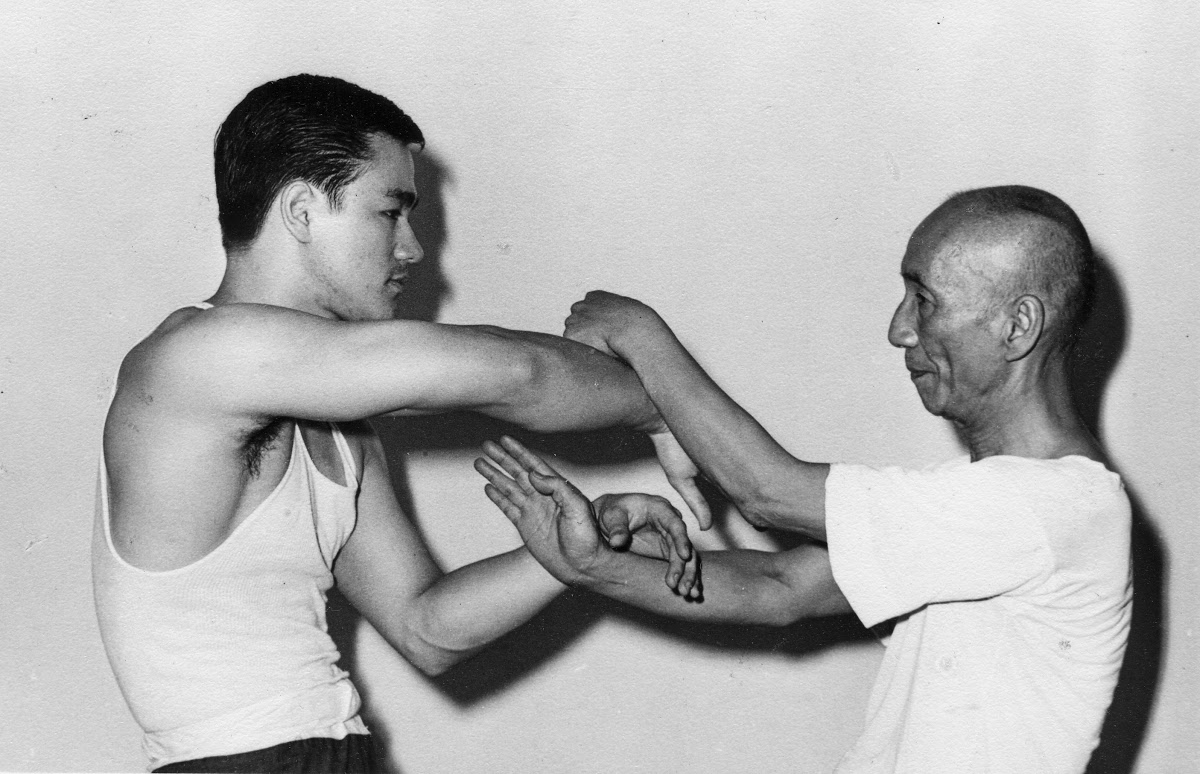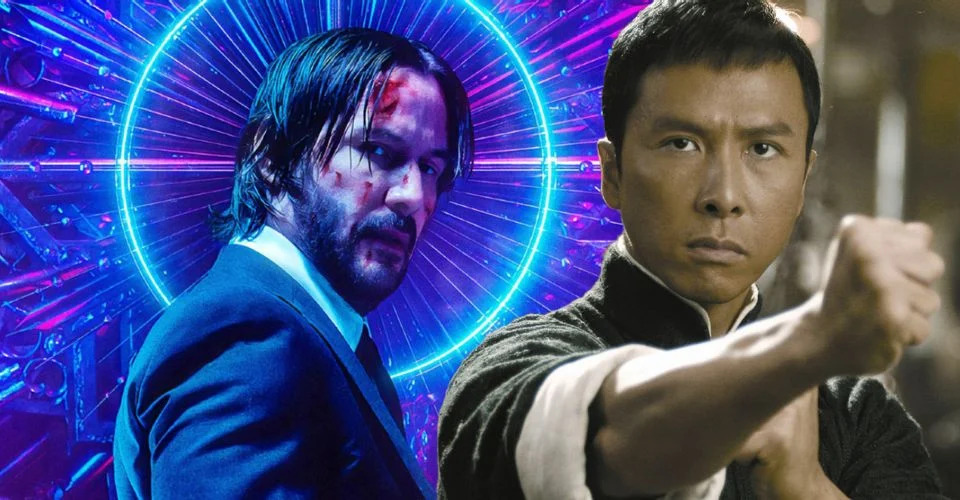Wing Chun vs Jeet Kune Do
Reading time: 4 minutes
Martial arts enthusiasts often find themselves debating the merits of various disciplines. In this article, we will delve into the intricate world of Wing Chun and Jeet Kune Do, comparing their techniques, philosophies, and overall effectiveness. So, whether you're a seasoned practitioner or a martial arts novice, join us on this journey to discover which of these martial arts reigns supreme.
This blog has spent a considerable amount of time discussing Bruce Lee. It is not without merit, martial arts have been around for millennia and were used as a symbol of culture, class, and warfare. However, Bruce Lee's emergence in the mid-1900s caused a disturbance in the martial arts world. He believed in integrating philosophy with physics, in order to become a more efficient fighter. This gave rise to Jeet Kune Do. Even Bruce Lee had a backstory; he did not start off as the master fighter portrayed in films.
Origins and Philosophies
Wing Chun
Wing Chun is a Chinese martial art that dates back to the 17th century. It is rooted in the principles of simplicity, directness, and efficiency. Wing Chun focuses on using the shortest and most efficient paths to strike and defend while employing simultaneous attack and defense strategies. The art emphasizes relaxation, sensitivity, and the development of an opponent's force against them.
Suggested: Why Did Ip Man Stop Teaching Bruce Lee?
Jeet Kune Do
Founded by the legendary Bruce Lee in the 1960s, Jeet Kune Do is a hybrid martial art that combines elements from various disciplines. The philosophy of Jeet Kune Do revolves around adaptability, fluidity, and individuality. The art encourages practitioners to absorb what is useful, discard what is useless, and add what is uniquely their own. In essence, Jeet Kune Do is an ever-evolving martial art that adapts to the practitioner's needs and circumstances.
Techniques and Training

Wing Chun
The core techniques of Wing Chun include punching, kicking, trapping, and grappling. One of its most famous techniques is the chain punch, which involves delivering rapid, straight punches to an opponent's centerline. Wing Chun practitioners also utilize sensitivity training exercises, such as Chi Sao (sticky hands), to improve their reflexes and adapt to an opponent's movements.
Suggested: Who Could Defeat Bruce Lee?
Jeet Kune Do
In Jeet Kune Do, techniques are derived from multiple martial arts, including Wing Chun, boxing, fencing, and more. The focus is on practicality and effectiveness in real-life situations. Some of the key techniques in Jeet Kune Do include intercepting fists, low-line kicks, and trapping. Bruce Lee emphasized the importance of footwork, speed, and timing in his training methods.
Effectiveness in Self-Defense and Combat
Wing Chun
Wing Chun's emphasis on efficiency, relaxation, and close-quarters combat makes it an effective martial art for self-defense. Its trapping techniques can neutralize an opponent's attacks, while its quick strikes target vital areas. However, the effectiveness of Wing Chun can be limited in situations where there is a significant size or strength disparity between opponents.
Suggested: Bruce Lee's Only Real Fight Ever Recorded
Jeet Kune Do
The adaptability and versatility of Jeet Kune Do make it an excellent choice for self-defense and combat situations. Its focus on practicality and real-world applicability allows practitioners to respond effectively to a wide range of threats. The incorporation of techniques from multiple martial arts ensures that Jeet Kune Do practitioners are well-rounded and capable of handling various combat scenarios.
Conclusion

Wing Chun and Jeet Kune Do both offer unique and effective approaches to martial arts. Wing Chun's simplicity and directness provide a solid foundation for self-defense, while Jeet Kune Do's adaptability and fluidity enable practitioners to excel in various combat situations. Ultimately, the best martial art for you will depend on your personal preferences, goals, and individual circumstances. Regardless of which discipline you choose, the practice of martial arts offers immense benefits, including improved physical fitness, mental discipline, and a deeper sense of self-awareness.
Brutal Tv uploaded a video to their YouTube channel and this is the transcript of it. Make sure to take a look!
Thank you. Your comment will be approved shortly.
Comments
Thank you. Your comment will be approved shortly.
Thank you. Your comment will be approved shortly.
Thank you. Your comment will be approved shortly.
Thank you. Your comment will be approved shortly.
Thank you. Your comment will be approved shortly.



